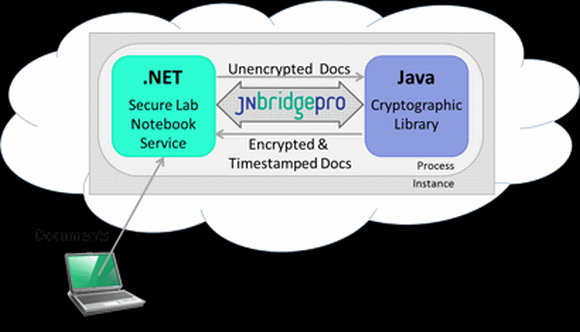There’s nothing particularly new about having to integrate applications built using diverse programming models. What is changing is the venue where that integration is starting to take place. As cloud computing continues to evolve, it’s becoming pretty clear that IT organizations are going to have to start integrating applications outside the four walls of the […]
There’s nothing particularly new about having to integrate applications built using diverse programming models. What is changing is the venue where that integration is starting to take place. As cloud computing continues to evolve, it’s becoming pretty clear that IT organizations are going to have to start integrating applications outside the four walls of the data center.
To help address this issue, JNBridge released today version 6.0 of its JNBridgePro middleware platform for integrating Java and Microsoft .NET frameworks. According to JNBridge CTO Wayne Citrin, the new release extends the capabilities of the company’s middleware platform to cloud computing environments both inside and outside the enterprise.
Obviously, IT organizations can accomplish many of the same things using Web services and REST interfaces and little brute force. But Citrin says that JNBridgePro is designed to provide a richer set of application programming interfaces that provide much better levels of performance. In addition, as a superset of many programming interfaces, JNBridgePro is a lot more accessible and results in better overall performance across disparate programming models, he said.
JNBridgePro is designed to be a plug-in for both Eclipse and Visual Studio development environments, which Citrin says is one of the things that make the company’s middleware so accessible to developers.

Regardless of what approach developers take, it is pretty clear that the nuances of application integration are going to get more complex, especially as IT organizations look to integrate applications across multiple cloud stacks. And in every one of those instances, the performance capabilities of the underlying middleware is ultimately going to prove critical when you think about how limited the network bandwidth between many of those cloud computing stacks might actually be.
MV
Michael Vizard is a seasoned IT journalist, with nearly 30 years of experience writing and editing about enterprise IT issues. He is a contributor to publications including Programmableweb, IT Business Edge, CIOinsight and UBM Tech. He formerly was editorial director for Ziff-Davis Enterprise, where he launched the company’s custom content division, and has also served as editor in chief for CRN and InfoWorld. He also has held editorial positions at PC Week, Computerworld and Digital Review.









